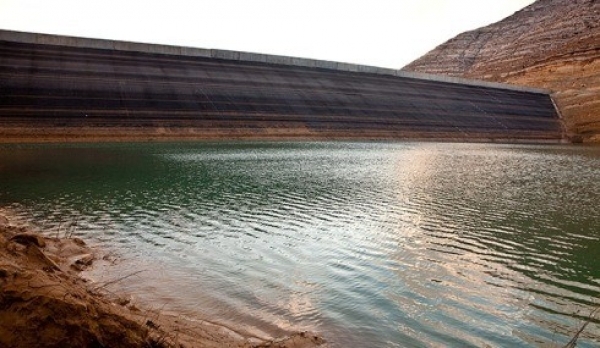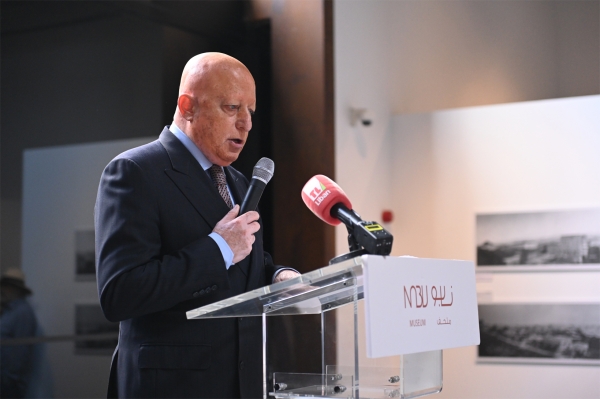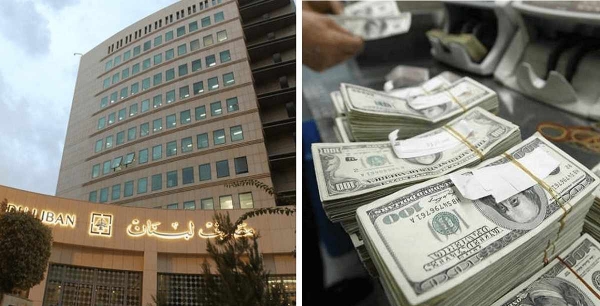The Bisri Dam Project might see the light after 60-year delay
After overcoming the objections voiced by residents in some of the areas surrounding the dam, decree no. 2066/2015 was issued considering the construction works as a public utility.
Importance of the dam
According to initial studies, the Bisri dam is expected to provide 100 million cubic meters of safe water to be transported to Beirut and its vicinity and supplied to roughly 800,000 people.
Project description:
- The construction of the dam with a height ranging between 67 meters and 74 meters.
- The construction of the conveyor pipelines to the existing Joun reservoir.
- The construction of two hydropower plants, generating 0.2 MW and 10 MW respectively.
- The creation of a treatment plant in Wardanieh which will handle an average of 250,000 cubic meters daily.
- The creation of sewage networks in the towns situated at the source of the river.
- The costs of expropriation of 5 million square meters at USD 155 million.
- Support for environmental and social experts
- The establishment of 24 tanks
- The installation of a 450 Km long distribution network.
- The installation of 200,000 house meters
- The installation of two pipelines with a length of 11 Kilometers between Khaldeh and Hadath
- The excavation of a 19.8 km tunnel s between Wardanieh and Khaldeh
- The excavation of a 4.2 km tunnel between Joun and Wardanieh
- Hazards of the project
Some experts believe that the project might pose a threat to the residents of the area because it lies on an unsteady ground near the still active Roum geological fault (a destructive earthquake hit the area in 1956) and future earth tremors might lead to the collapse of the dam and water might thus submerge towns and houses. Counter experts criticize these over-exaggerated fears. شاهد الجدول كاملا
شاهد الجدول كاملا








Leave A Comment